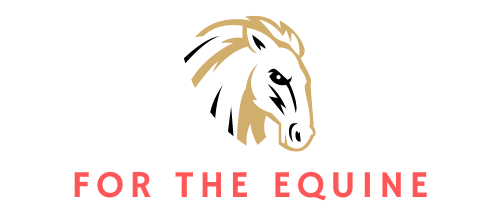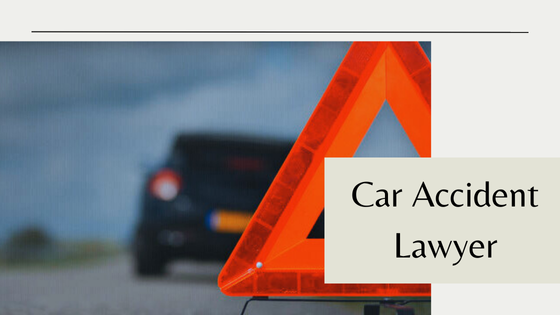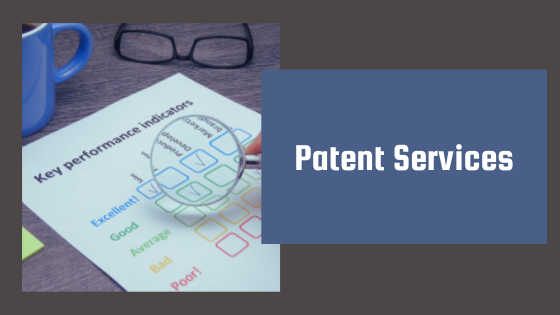Selling land for cash is one of the fastest, most straightforward ways to turn a non-performing asset into liquid capital. But once you accept a cash offer, what happens next? Many landowners assume the hard part is over—and in many ways, it is. Still, understanding the steps that follow can help you avoid surprises, stay in control, and close with confidence.
Whether you’re offloading inherited property, tired of paying taxes on vacant lots, or simply ready to move on, accepting a cash offer sets the wheels in motion for a streamlined transaction. Here’s what to expect once you say yes.
The Purchase Agreement
After accepting a cash offer, the first formal step is signing a purchase agreement. This document outlines the terms of the sale: the agreed-upon price, the closing timeline, any contingencies, and who pays for what. Unlike traditional real estate contracts, cash land deals are often simpler and shorter. There’s no financing clause, no inspection delays, and no drawn-out negotiations.
If you’re working with a reputable buyer like Land Boss, they’ll walk you through the agreement line by line. Their goal is transparency. You’ll know exactly what to expect, when to expect it, and how the process will unfold. This clarity is one of the biggest advantages of working with professional land buyers.
Title Review and Due Diligence
Once the agreement is signed, the buyer will begin a title review. This step ensures that the land is free of liens, encumbrances, or ownership disputes. If you’ve owned the land for years and have clear documentation, this process is usually quick. If the property was inherited or has a complex history, it may take a bit longer.
During this phase, the buyer may also verify zoning, access, and any restrictions tied to the parcel. But unlike traditional buyers, cash investors are rarely deterred by undeveloped or rural land. Their due diligence is focused on confirming ownership and ensuring a clean transfer—not nitpicking the property’s condition.
Closing Coordination
Once the title is cleared, the closing process begins. In a cash land sale, closing can happen in as little as a few days. You won’t need to attend in person, and you won’t be buried in paperwork. Most buyers use mobile notaries or online signing platforms to make the process as convenient as possible.
At this stage, you’ll receive a closing statement that breaks down the financials. It will show the sale price, any prorated taxes, and the final amount you’ll receive. In most cases, the buyer covers all closing costs, so what you see is what you get. That’s especially true when working with land buyers like Land Boss, who pride themselves on fair, no-surprise transactions.

Getting Paid
After signing the closing documents, the final step is payment. In a cash land deal, this usually happens via wire transfer or certified check. You won’t wait for bank approvals or buyer financing to clear. The funds are delivered directly to you—often on the same day as closing.
This speed is one of the biggest reasons sellers choose cash buyers. Instead of waiting weeks or months for a traditional sale to close, you get immediate liquidity. That money can be used to pay off debt, invest in other opportunities, or simply give you peace of mind.
Post-Sale Considerations
Once the sale is complete, your responsibility for the land ends. You’ll no longer owe property taxes, maintenance costs, or liability for what happens on the parcel. If you’ve been holding onto land that no longer serves you, this clean break can be incredibly freeing.
You may also want to notify your county or municipality that the property has changed hands, especially if you were receiving tax bills or notices. In most cases, the title company or buyer will handle this, but it’s worth confirming.
When you sell land through Land Boss, their team will ensure all loose ends are tied up. They specialize in helping landowners exit smoothly, without confusion or delays. Their reputation among land buyers is built on speed, clarity, and respect for the seller’s time.
Conclusion: A Simple Path to Cash and Clarity
Accepting a cash offer for your land is more than a transaction—it’s a solution. It’s a way to simplify your finances, eliminate unwanted obligations, and unlock value that’s been sitting idle. And once you say yes, the process moves quickly, cleanly, and predictably.
From signing the purchase agreement to receiving your funds, every step is designed to minimize friction and maximize results. If you’re ready to sell land without the hassle of agents, listings, or delays, working with a trusted buyer like Land Boss can make all the difference.
Selling land doesn’t have to be complicated. With the right partner, it can be fast, fair, and refreshingly simple.









